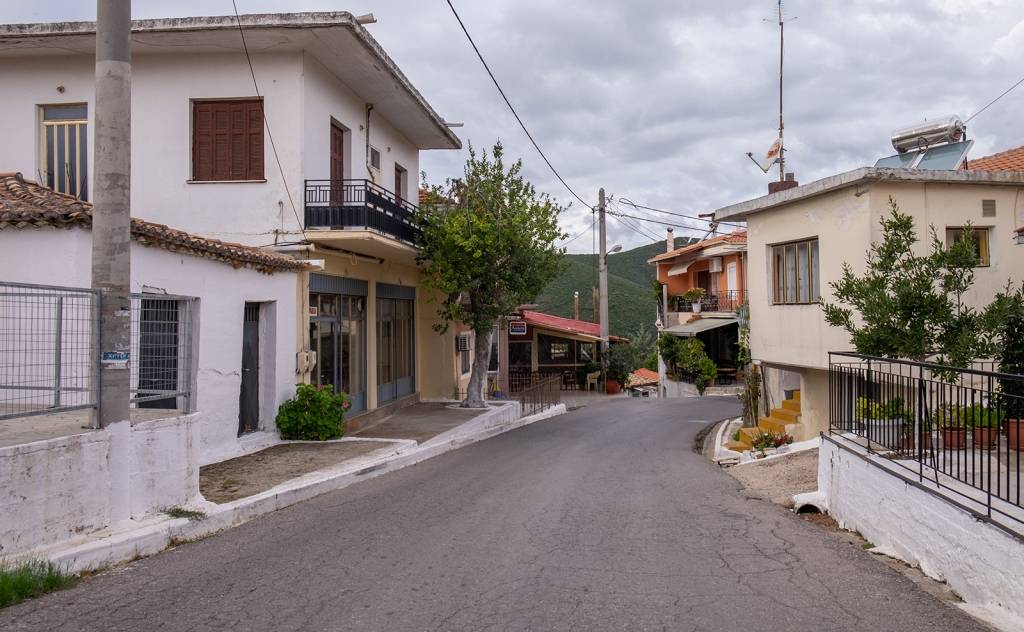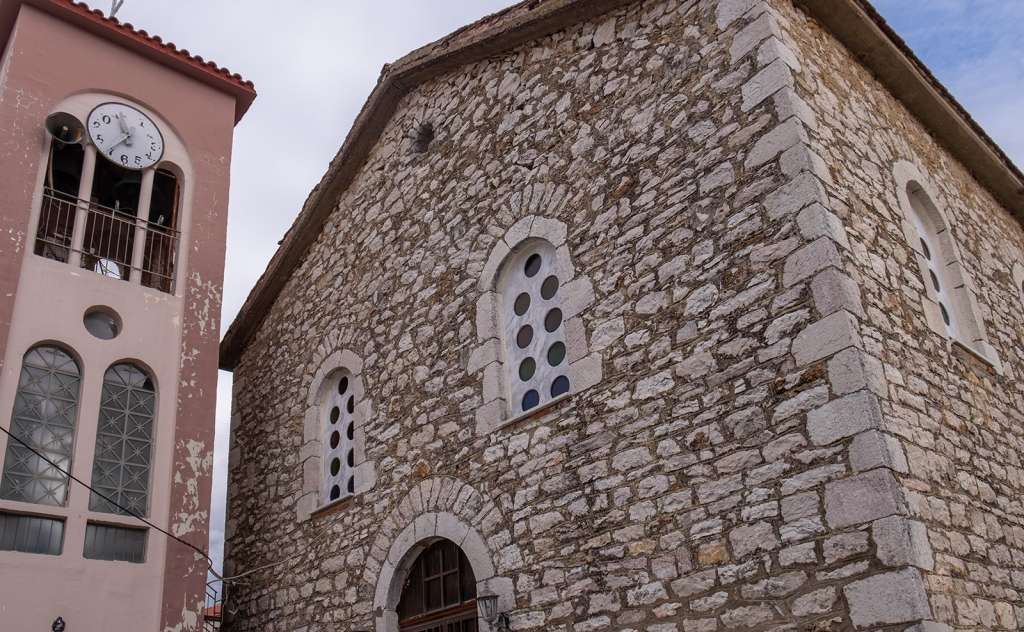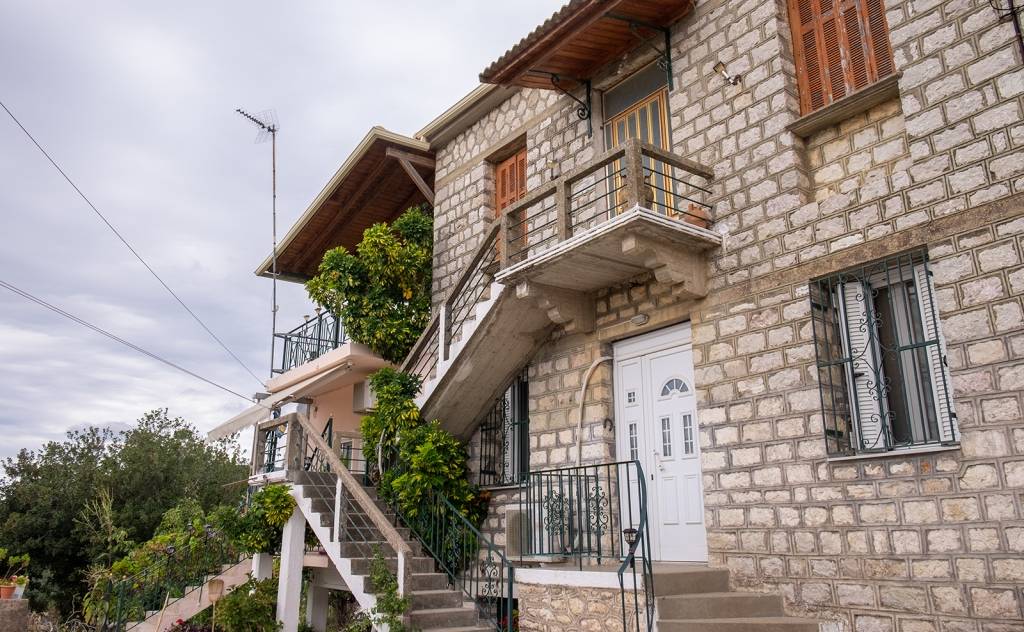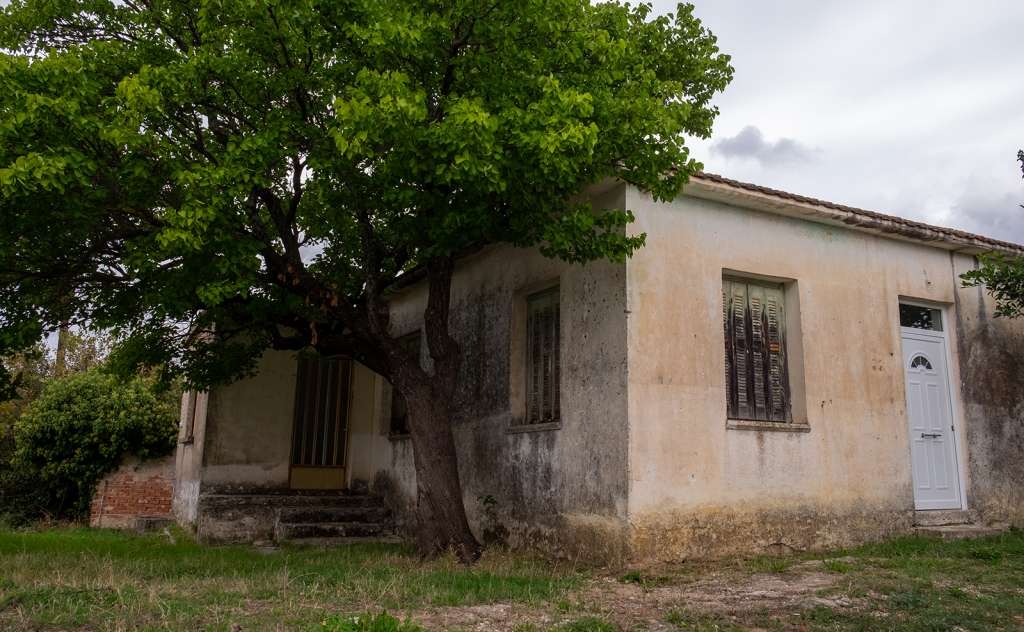








SOME USEFUL INFORMATION REGARDING THE VILLAGE
The village, which is in the vicinity of important water sources and rich flora and fauna, has a long history which matches the history of Messinia but also one of the surrounding area of Pylia.
The area of the village in ancient times, according to the findings of the excavation programme, Prap, it was one of the most important power centres of Nestor's kingdom in ancient Pylos, as it is probable that during the byzantine era, in the area where nowadays stands Metamorfosis, the ancient city of Aliartos of Messinia,existed.
The existence in the region of the village of the church of Metamorfosis tou Sotiros, which dates back to the byzantine years and most particularly, in the 11th century, the remains of the hamam ( a turkish bath), as well as the cobbled streets, which existed and were destroyed in 1994 in order to the construction of rural/countryside roads, testify that this place continued to be an important centre of the region, in the byzantine years, while the cultivation and processing of silk, was thriving.
THE MESSINIAN PATH OF SILK
The village is mentioned at least since the time of the Venetian rule as well as after that with various names, such as Skarminx, Skarmiza, Scaramangion (probably derived from the word 'scaramangion' of the Byzantine era, which was a luxurious fabric with rich decoration), Skarmingas, Skarmigas, Skarmigga, Skarmigga or Skarmiga. The nearby settlement of Metaxada (formerly known as Sapriki) was one of the largest silk production centers of Messinia ,while,as it is believed this is why the village engaged this modern name.
According to local tradition even the oldest name of the village Skarmiga probably comes from the Chinese word 'Skarminx', meaning 'Silk Road'. The silk from Metaxada was then transported through the road, which passed through the villages of the area, to the Port of Pylos for export or further processing. The Route Sapriki - Port of Pylos with loaded horses and mules, was about 8 hours long. Silk transporters had to start their journey in the afternoon from Sapriki, while they use to stop in Skarmiga for an overnight stay,continuing their journey to Pylos,the next morning.
TODAY
In the village we can count approximately 320 permanent residents,mostly involved in various agricultural activities,, while in the past time farming was also developed. Here, and due to the to the sources around the village we can notice a great olive oil production as also a wine production,a raisin one and many vegetables.Famous agricultural products of this area is the 'skarmigeiki' , 'Chontrokatsare- The chondrokatsari Tomata',a variety of thick-cut tomatoes.